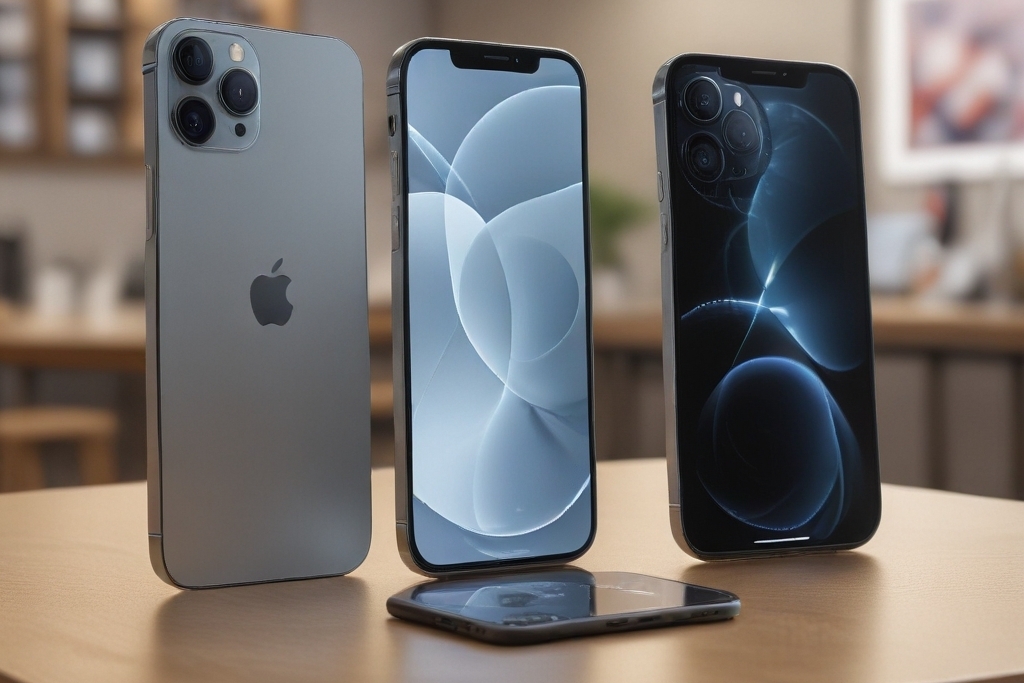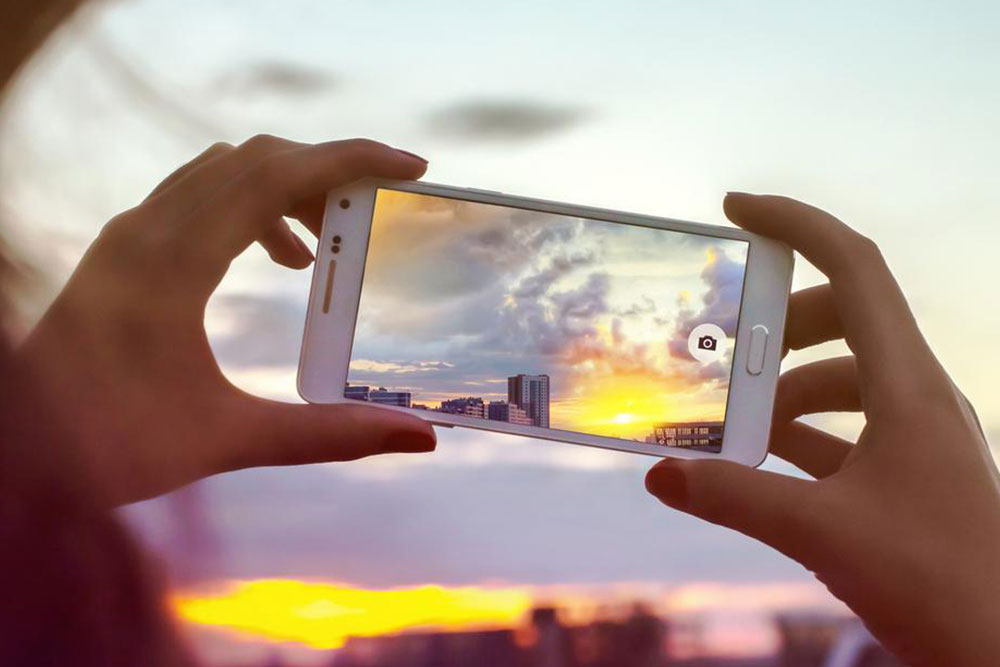A Comprehensive Comparison Between the iPhone X and iPhone 8: Which Apple Smartphone Suits Your Needs?
This comprehensive article compares the iPhone X and iPhone 8, highlighting their design, display, camera, security features, performance, and pricing. It helps consumers decide which Apple smartphone best fits their needs and budget, emphasizing the technological advancements and user experience differences of each model.

Choosing Between the iPhone X and iPhone 8: An In-Depth Analysis
Apple has consistently been at the forefront of smartphone innovation, and with the release of the iPhone X alongside the iPhone 8 and iPhone 8 Plus, consumers are presented with options tailored to different preferences and budgets. The iPhone X marked a revolutionary shift in design and features, bringing an edge-to-edge display, an advanced camera system, and cutting-edge facial recognition technology. Conversely, the iPhone 8 series maintains many traditional features, offering a more affordable yet powerful alternative. Understanding the core differences, technological advancements, and pricing will help you decide which model best meets your needs.
In recent years, Apple has redefined what a smartphone can be, pushing the boundaries of display technology, biometric security, and photography. The iPhone X is emblematic of this shift, featuring a sleek, modern design that dispenses with the iconic home button in favor of gesture navigation. Its display, a stunning OLED panel, stretches from edge to edge, offering exceptional color accuracy and contrast ratios that enhance media consumption, gaming, and productivity tasks. Meanwhile, the iPhone 8 and iPhone 8 Plus retain a more traditional form factor, complete with a physical Home button and Touch ID fingerprint sensor, which many users still find intuitive and reliable.
The Design and Build
The iPhone X introduces a radical redesign compared to previous iPhones, utilizing a glass front and back with a stainless steel frame, creating a luxurious feel and appearance. Its 5.8-inch OLED display provides vibrant visuals with deep blacks and rich color saturation, making it ideal for photos, videos, and immersive experiences. The absence of a physical home button not only enhances the aesthetic appeal but also introduces gesture-based navigation, which takes some time to master but offers a more seamless interaction with the device.
In contrast, the iPhone 8 and 8 Plus stick to the classic design, featuring a 4.7-inch and 5.5-inch Retina HD display, respectively. Both models feature a sturdy aluminum frame and glass back, with the Touch ID sensor embedded in the home button for quick unlocking and transactions. The familiar physical button allows for effortless multitasking and navigation, making them familiar choices for users who prefer traditional smartphone layouts.
Display Technology and User Interface
The iPhone X is the first iPhone to feature an OLED screen, which delivers superior contrast and energy efficiency compared to the LCD screens used in the iPhone 8 series. The edge-to-edge design maximizes screen real estate, providing a more immersive viewing experience. The removal of the home button introduces gesture controls like swiping up to go home, swiping down for notifications, and accessing multitasking views, making navigation more fluid and modern.
The iPhone 8 and 8 Plus continue to use Retina HD LCD screens, which offer excellent color reproduction and clarity. They retain the familiar home button, with Touch ID built-in, providing quick and secure fingerprint authentication. While lacking the newer gesture controls, the user interface remains familiar to longtime iPhone users, emphasizing ease of use and stability.
Camera Capabilities and Photography
The camera systems on these models highlight significant differences. The iPhone X is equipped with a dual 12 MP rear camera setup with optical image stabilization, offering improved portrait modes with better depth control, enhanced low-light performance, and 4K video recording. Its front-facing TrueDepth camera supports Portrait Selfies and advanced facial recognition features.
The iPhone 8 features a single 12 MP camera with optical image stabilization, capable of capturing high-quality images and 4K videos. The iPhone 8 Plus ups the ante with a dual-lens system, enabling Portrait Mode, Portrait Lighting, and optical zoom, making it an excellent choice for photography enthusiasts who want professional-quality photos from their smartphone.
Security Features: Face ID vs. Touch ID
Security has dramatically evolved with these devices. The iPhone X introduces Face ID, a facial recognition system powered by advanced depth-sensing technology and the TrueDepth camera, providing secure authentication and seamless access to the device. It works effectively even in low-light conditions and supports features like Animoji and Face ID-enabled apps.
The iPhone 8 and 8 Plus retain the traditional Touch ID fingerprint sensor embedded in the home button. Appreciated for its speed and reliability, Touch ID offers quick unlocking, App Store authentication, and Apple Pay access without the need for facial recognition.
Performance Powerhouse: The A11 Bionic Chip
All three models are powered by the A11 Bionic chip, which delivers lightning-fast performance and efficiency. The chip's six-core CPU offers significant improvements over previous generations, providing smooth multitasking, rapid app launches, and enhanced gaming experiences. The Neural Engine supports advanced machine learning tasks and augmented reality functions, making these devices future-proof to some extent.
Storage Options and Pricing
The pricing of these models varies significantly, reflecting their technological enhancements. The iPhone 8 starts at $699 for the base storage model, making it an accessible choice for many users. The iPhone 8 Plus is priced around $799, offering more screen real estate and camera capabilities. On the other hand, the iPhone X begins at $999, with higher configurations reaching up to $1199, aligning with its flagship status and premium features.
Pre-orders for the iPhone X began early, with official launch announcements expected in November, while the iPhone 8 and 8 Plus were readily available, allowing consumers to purchase immediately and benefit from swift shipping options.
Which Device Should You Choose?
Choosing between the iPhone X and iPhone 8 series depends on your personal preferences, budget, and the features you prioritize. If you desire a cutting-edge design with a larger, more immersive display, advanced camera features, and Face ID security, the iPhone X is the superior choice. However, if you prefer a familiar interface, reliable fingerprint security, and more budget-friendly options, the iPhone 8 or 8 Plus remains an excellent investment.
Both series embody Apple's commitment to innovation, quality, and user experience, ensuring that whichever you choose, you will enjoy powerful performance and seamless integration within the Apple ecosystem.





